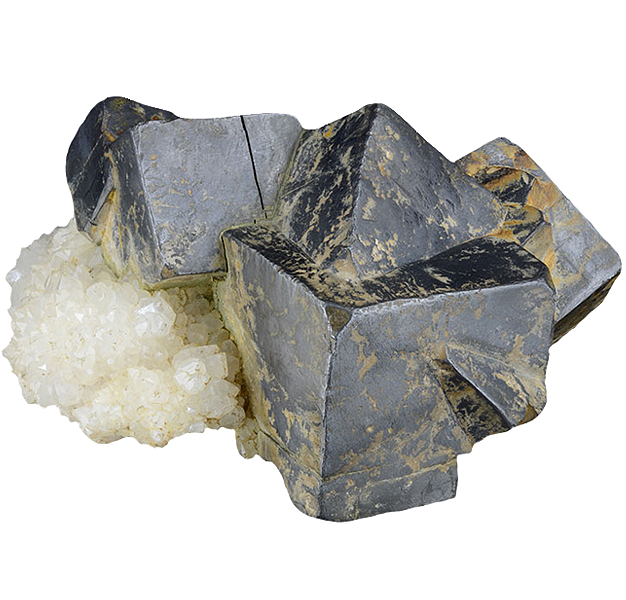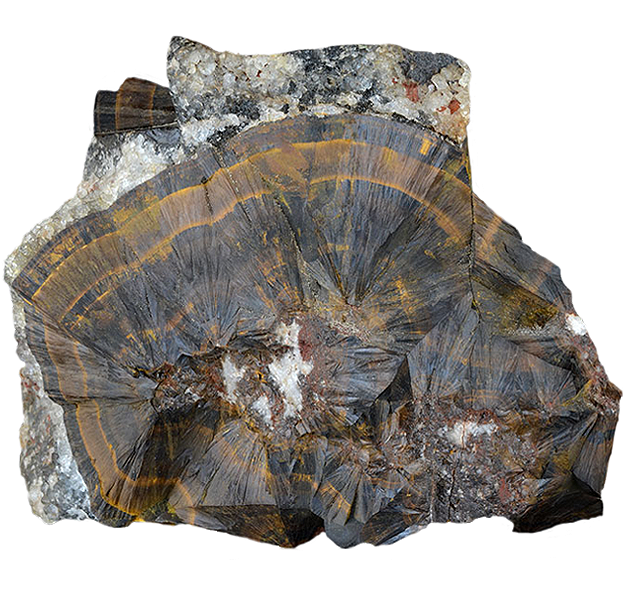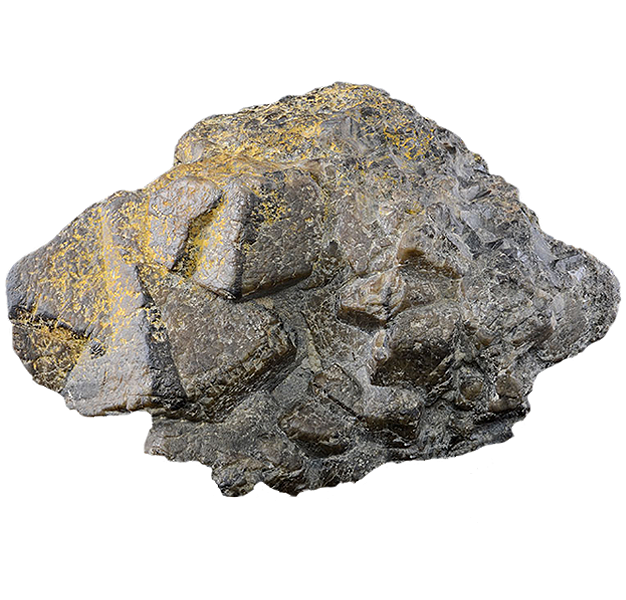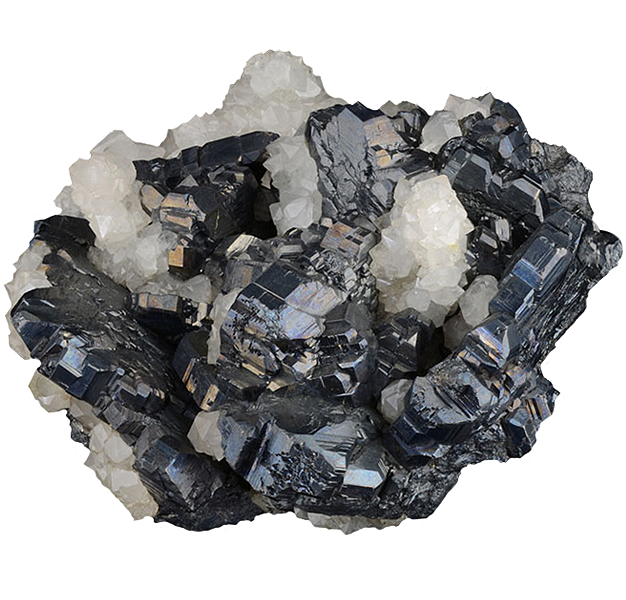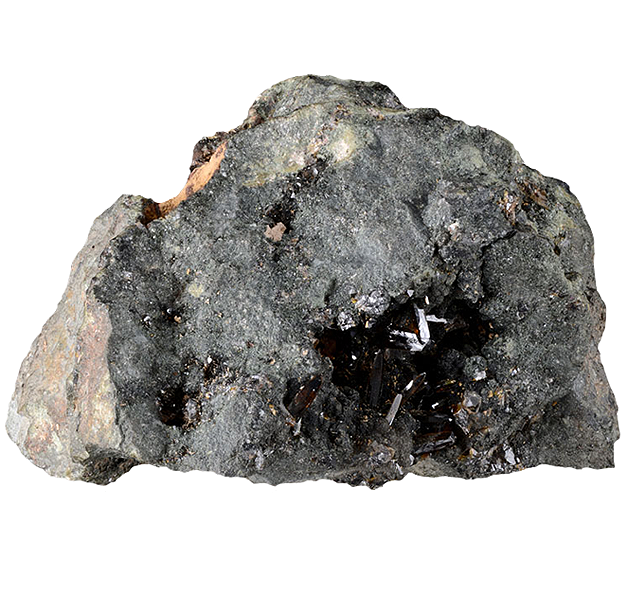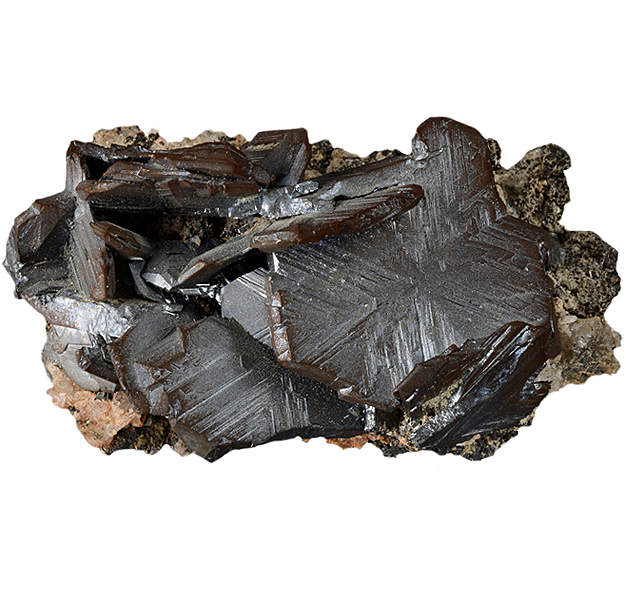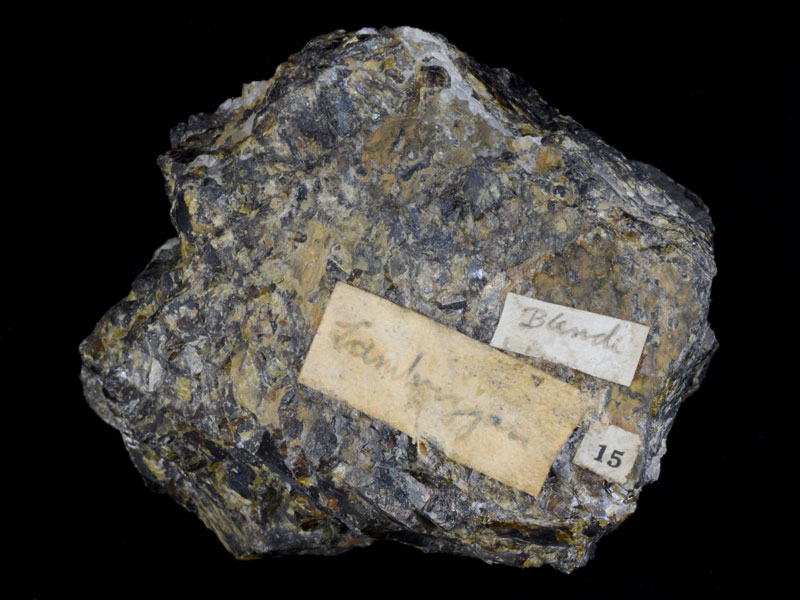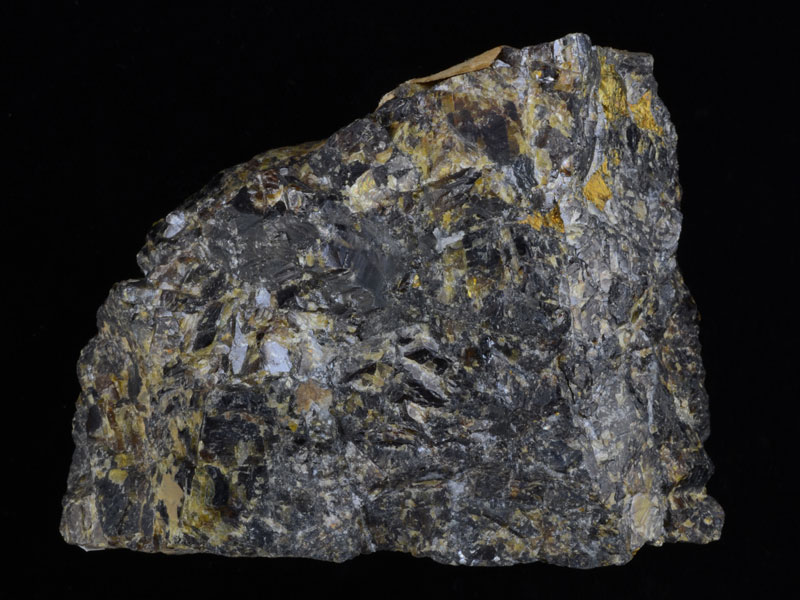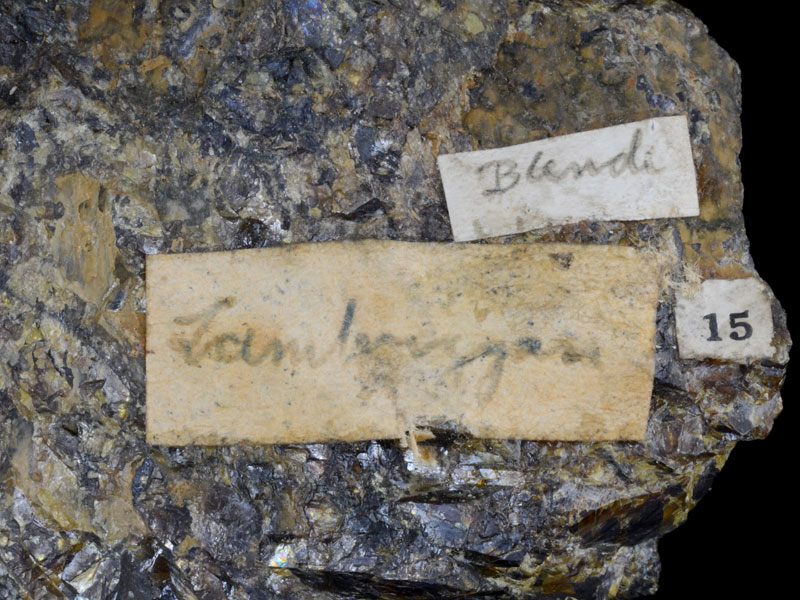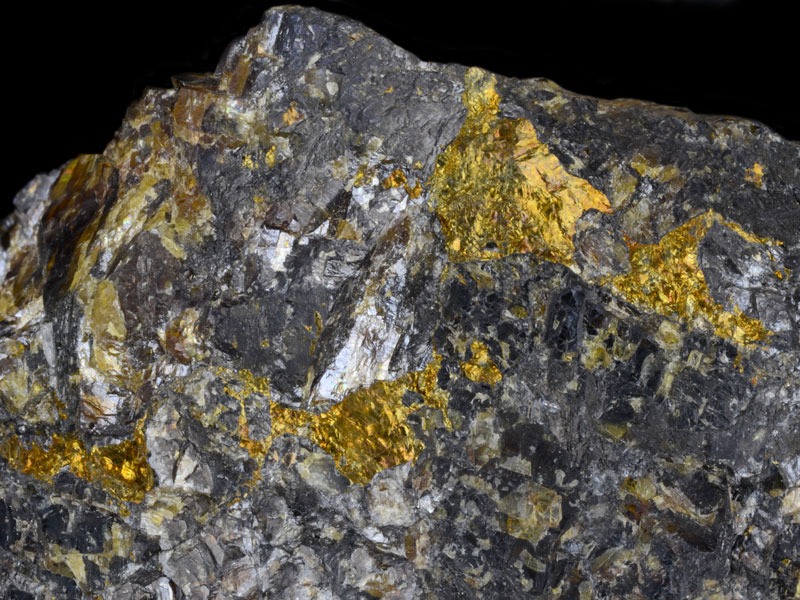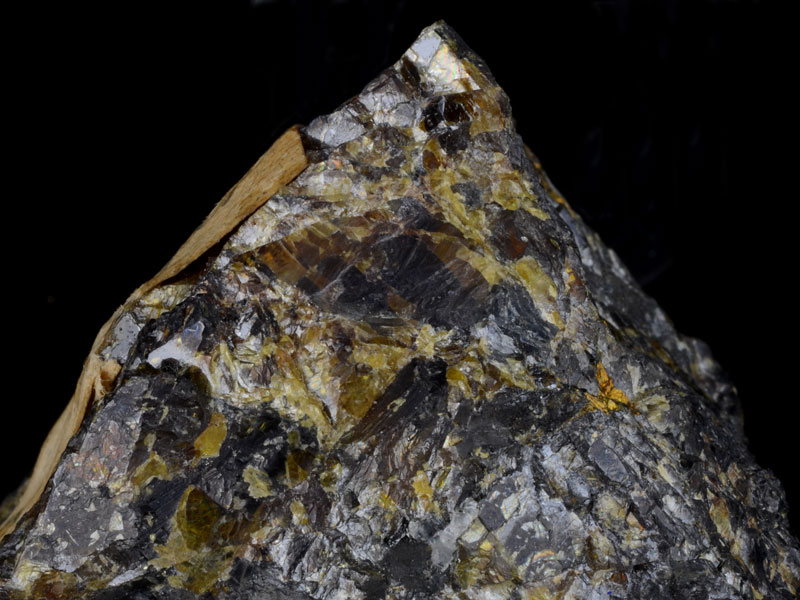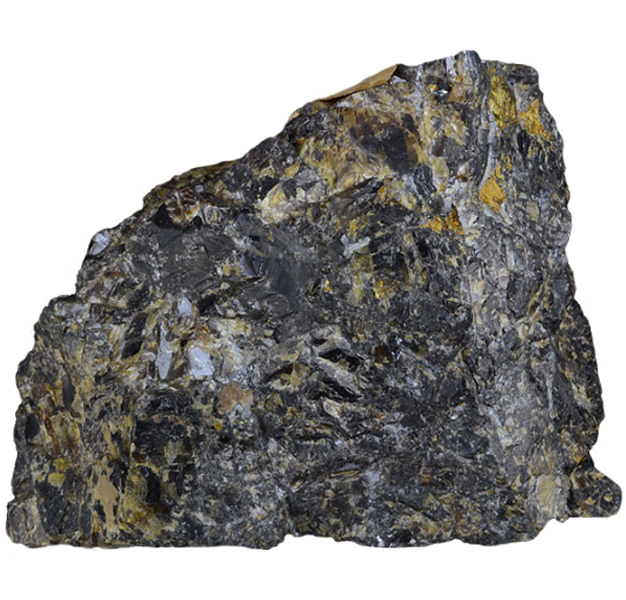
Fact sheet
Sphalerite or blende is zinc sulphide and is the main ore of the metal zinc.
In Cornwall, sphalerite was found in many mines, often closely associated with lead-bearing minerals. The majority of Cornwall's zinc was recovered from mines whose main product was lead, helping to sustain them when the production of lead alone became unprofitable.
This specimen of massive, pale-coloured sphalerite came from Lambriggan, a small lead-zinc mine 4km east of St Agnes, which was worked in the mid-1840s and again in the late 1920s. The main early use of zinc was in combination with copper to make the alloy brass, but the corrosion-resistant coating of iron and later steel would soon become its most important application. By 1850 the British galvanising industry was using 10,000 tons of zinc a year for the protective coating of steel.
Chemical Formula: ZnS
Specimen no. TRURI: 801.1521
Location: Lambriggan
Grid Reference: SW 761 511
Mindat http://www.mindat.org/min-3727.html
This Collection focuses on Cornwall and West Devon’s mineralogical and mining heritage. The specimens it features are drawn from the collection of the Royal Institution of Cornwall (RIC) held at the Royal Cornwall Museum (RCM).
This collaborative project involving the RCM, the Cornish Mining World Heritage Site and The Open University explores how access to the RIC’s mineral collection and the stories it can tell can be widened using digital technology. It includes radioactive minerals from Cornwall that would otherwise be inaccessible to the public for health and safety reasons.
Sample details
More from this collection
